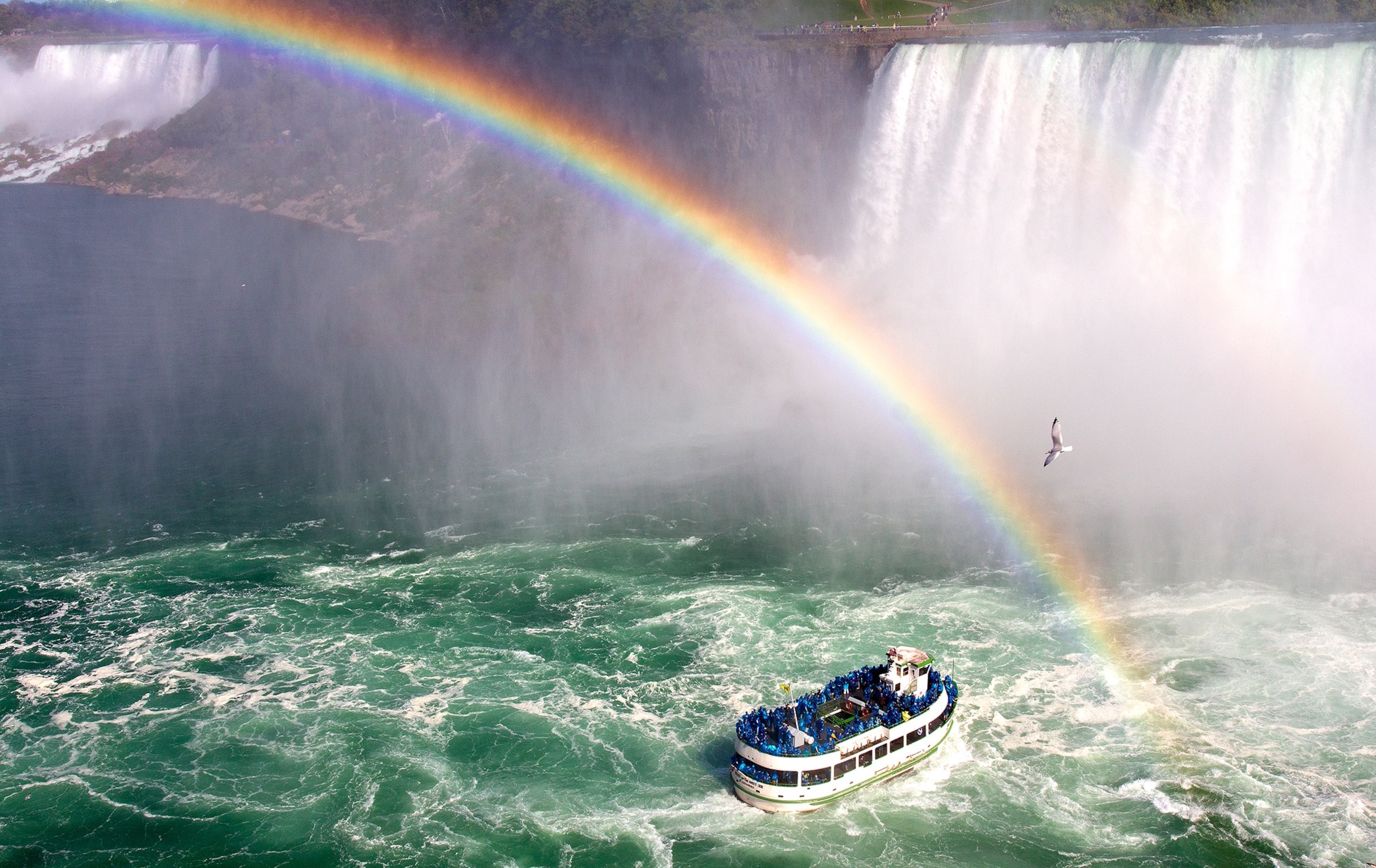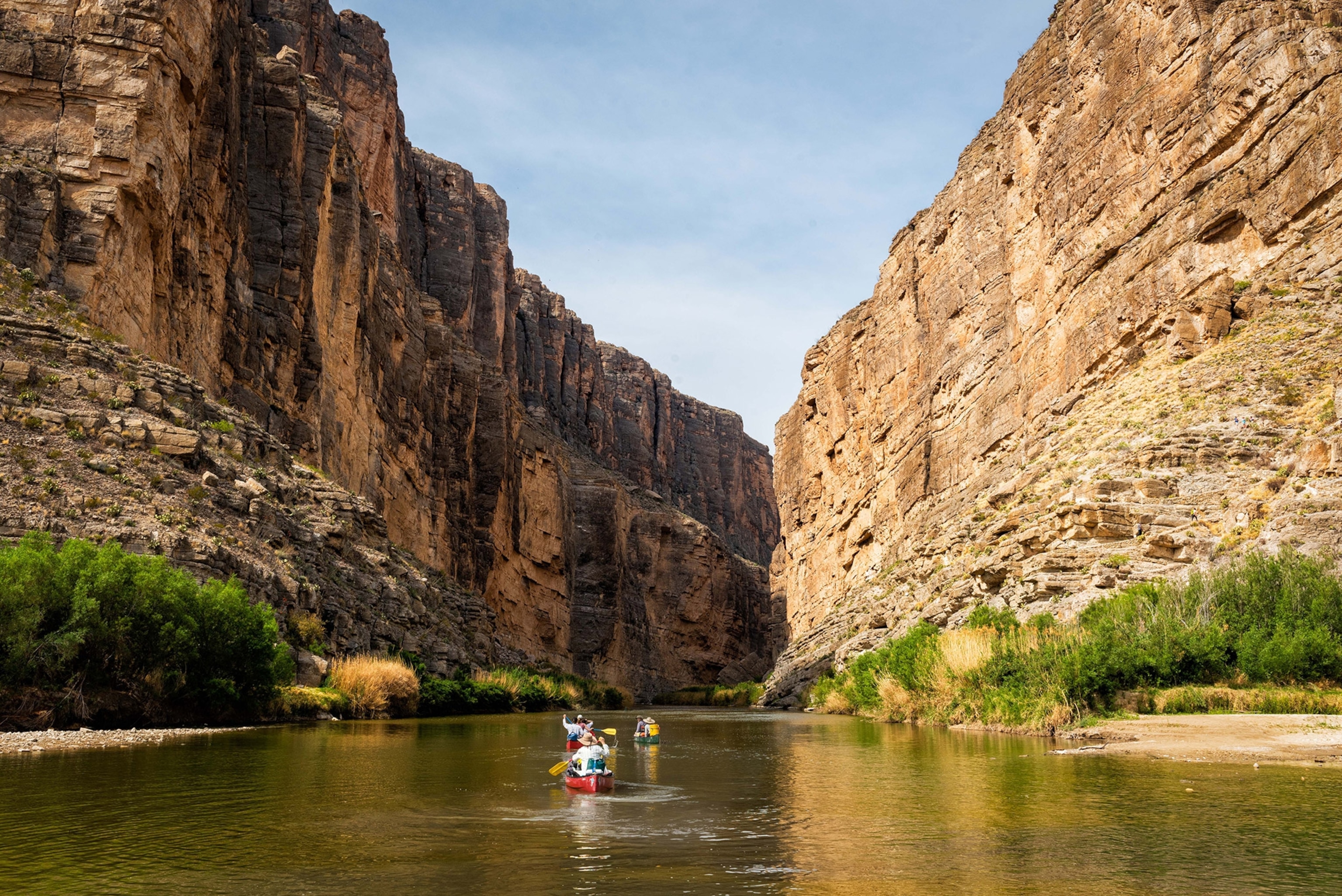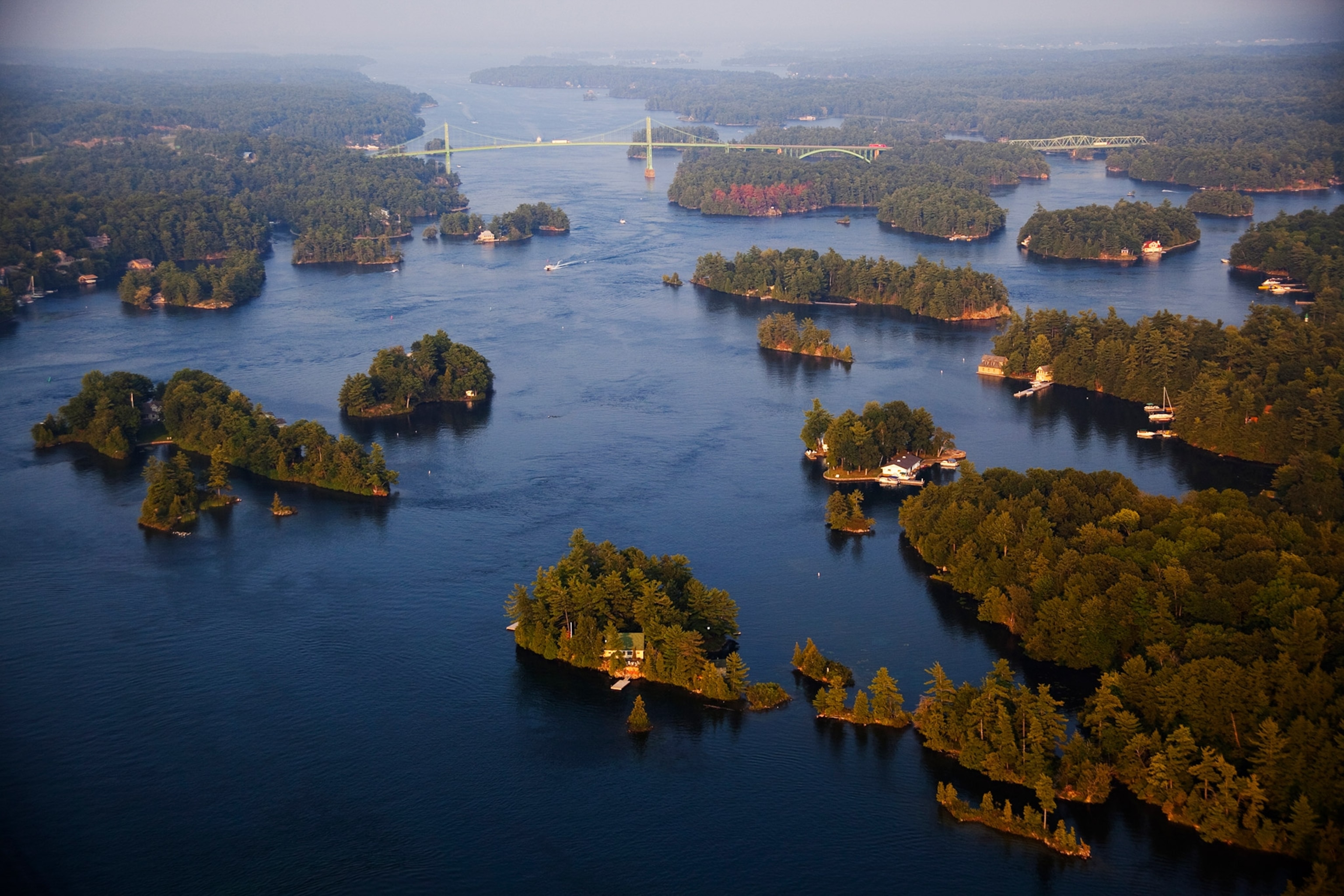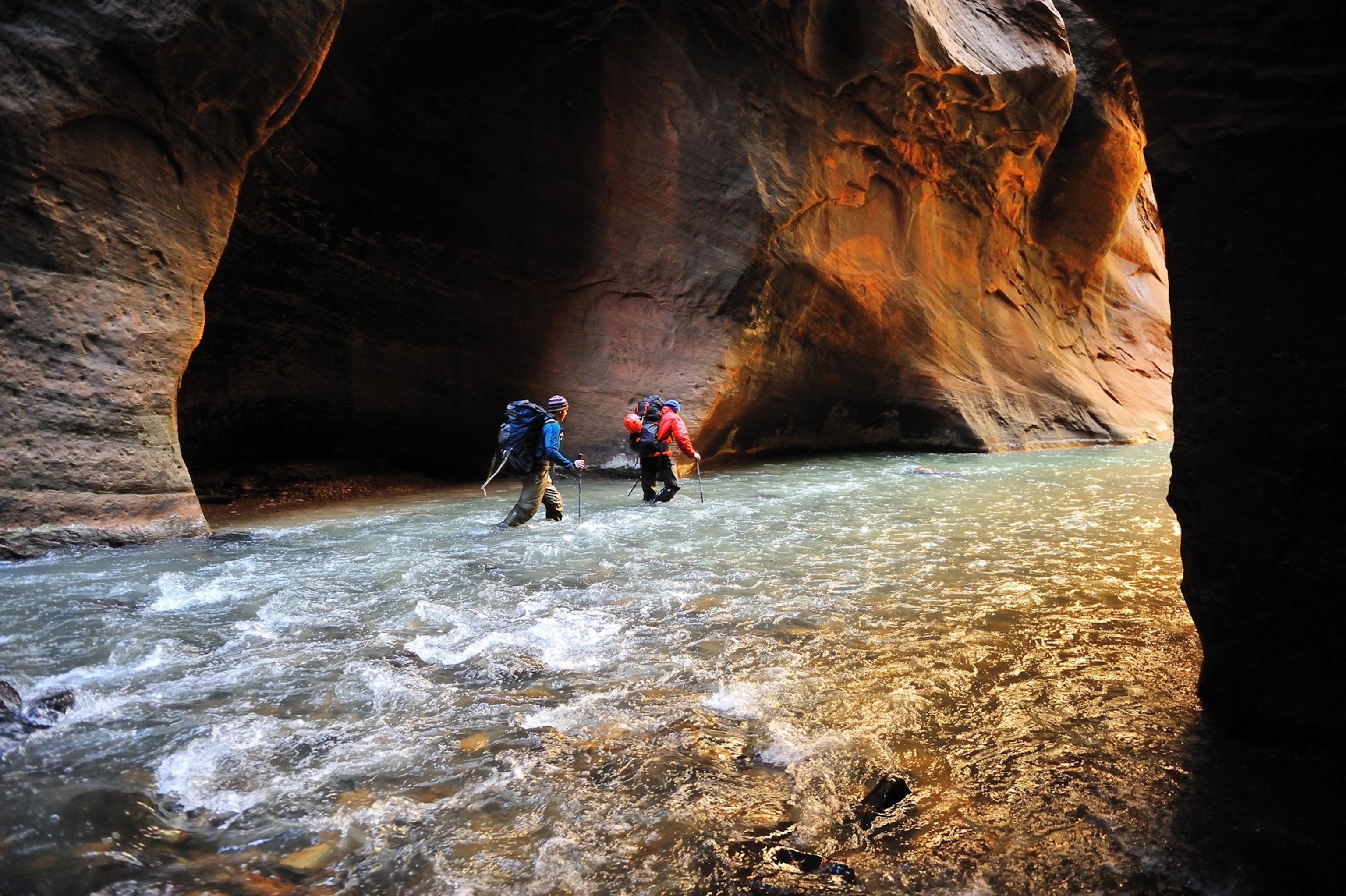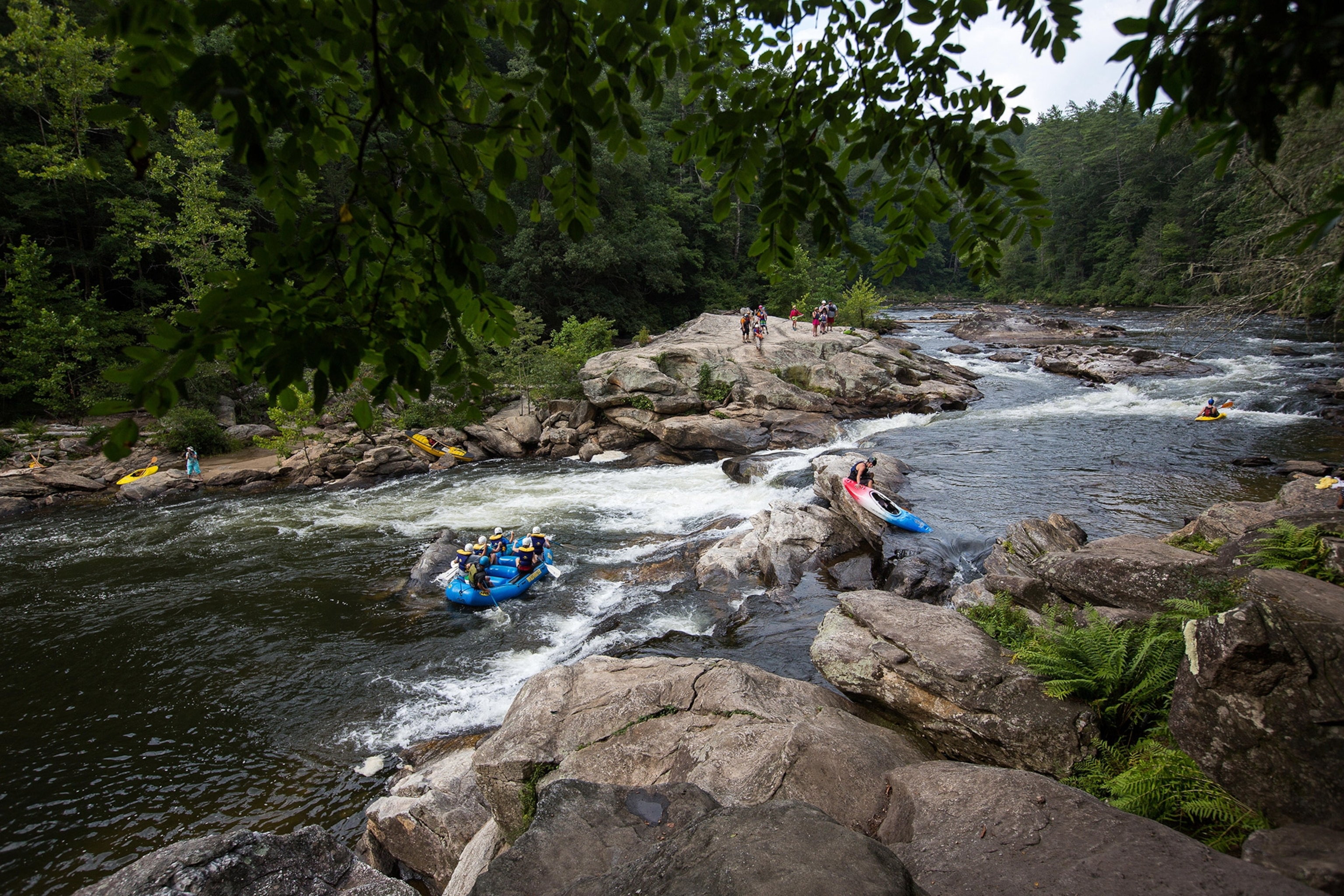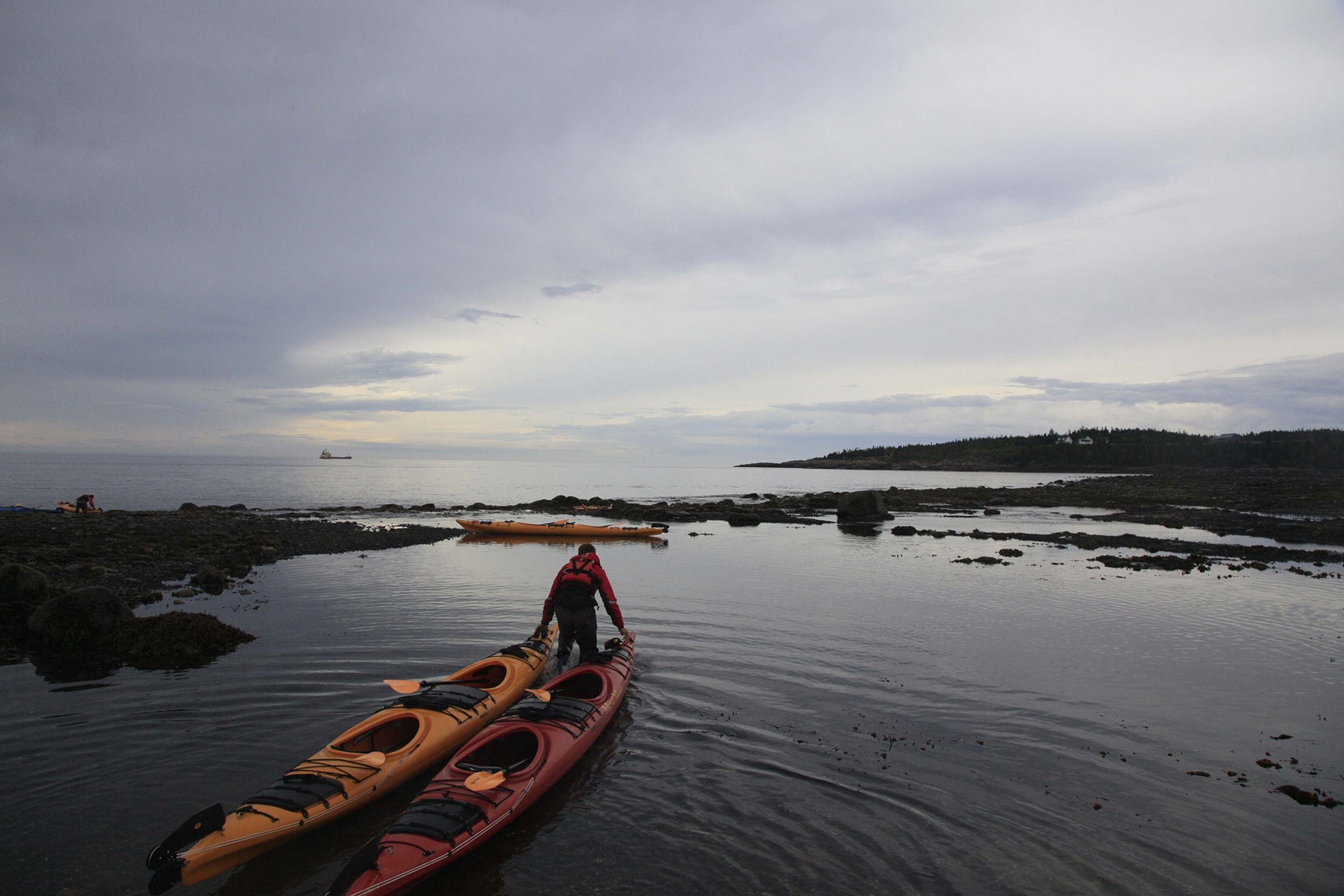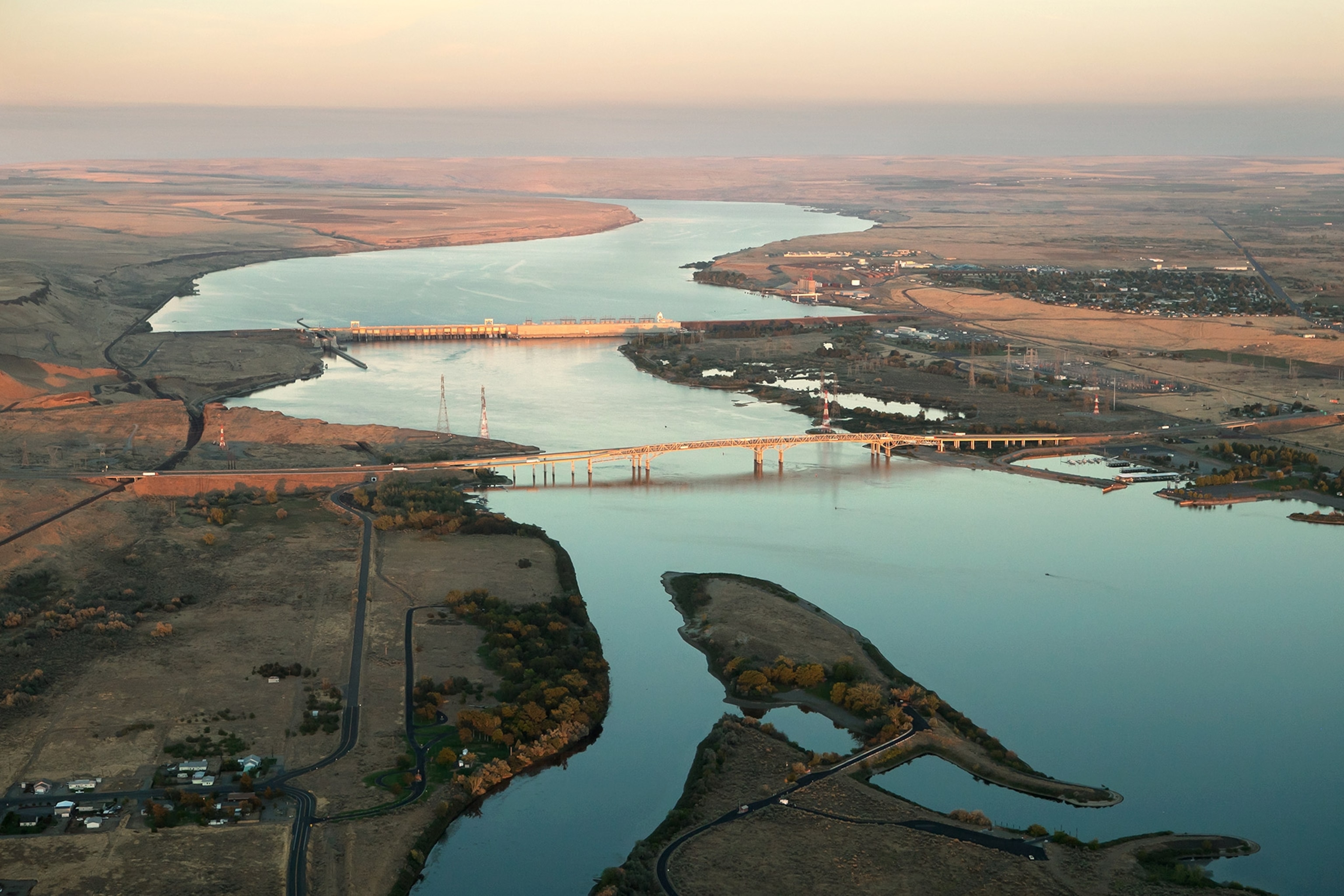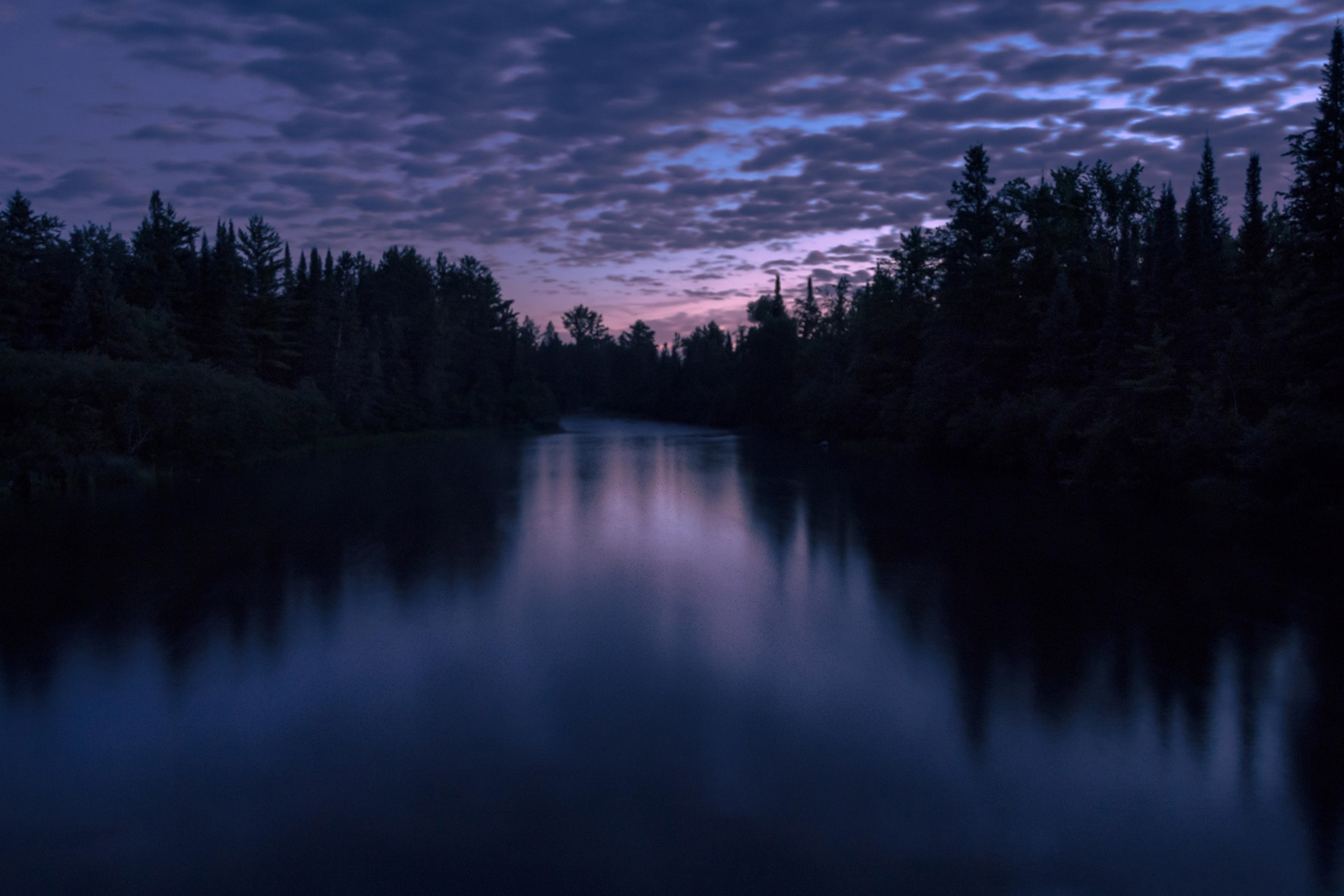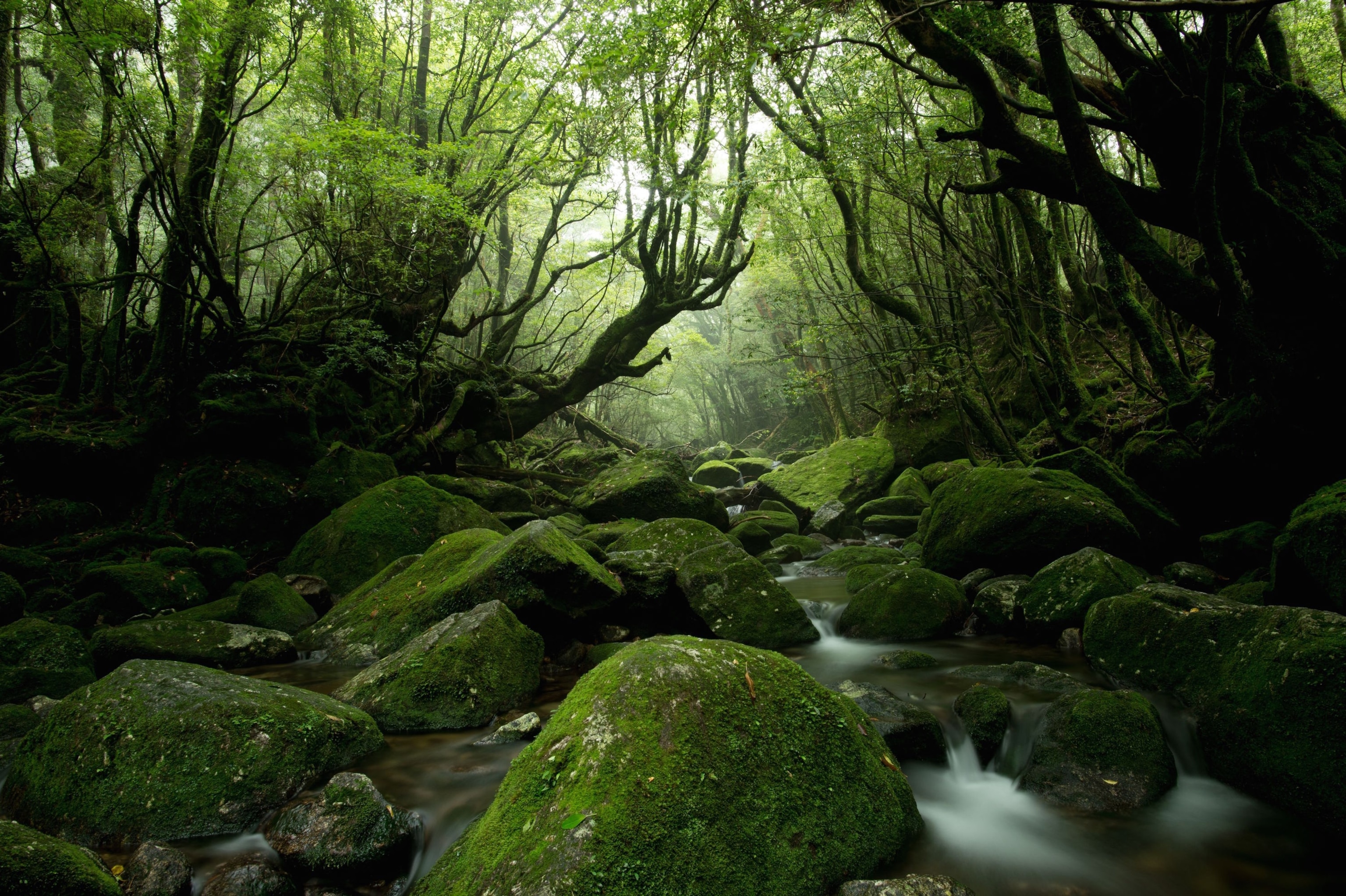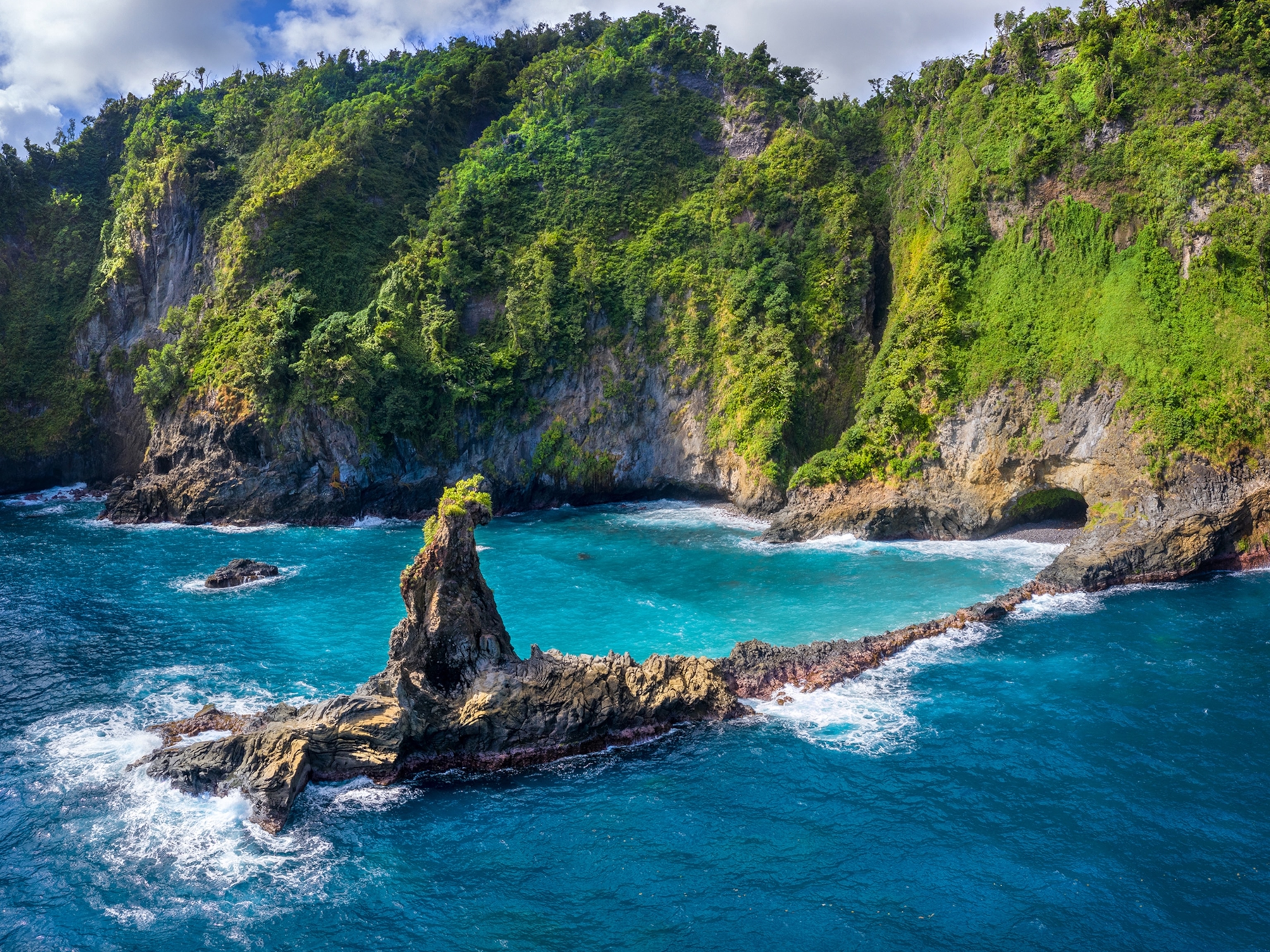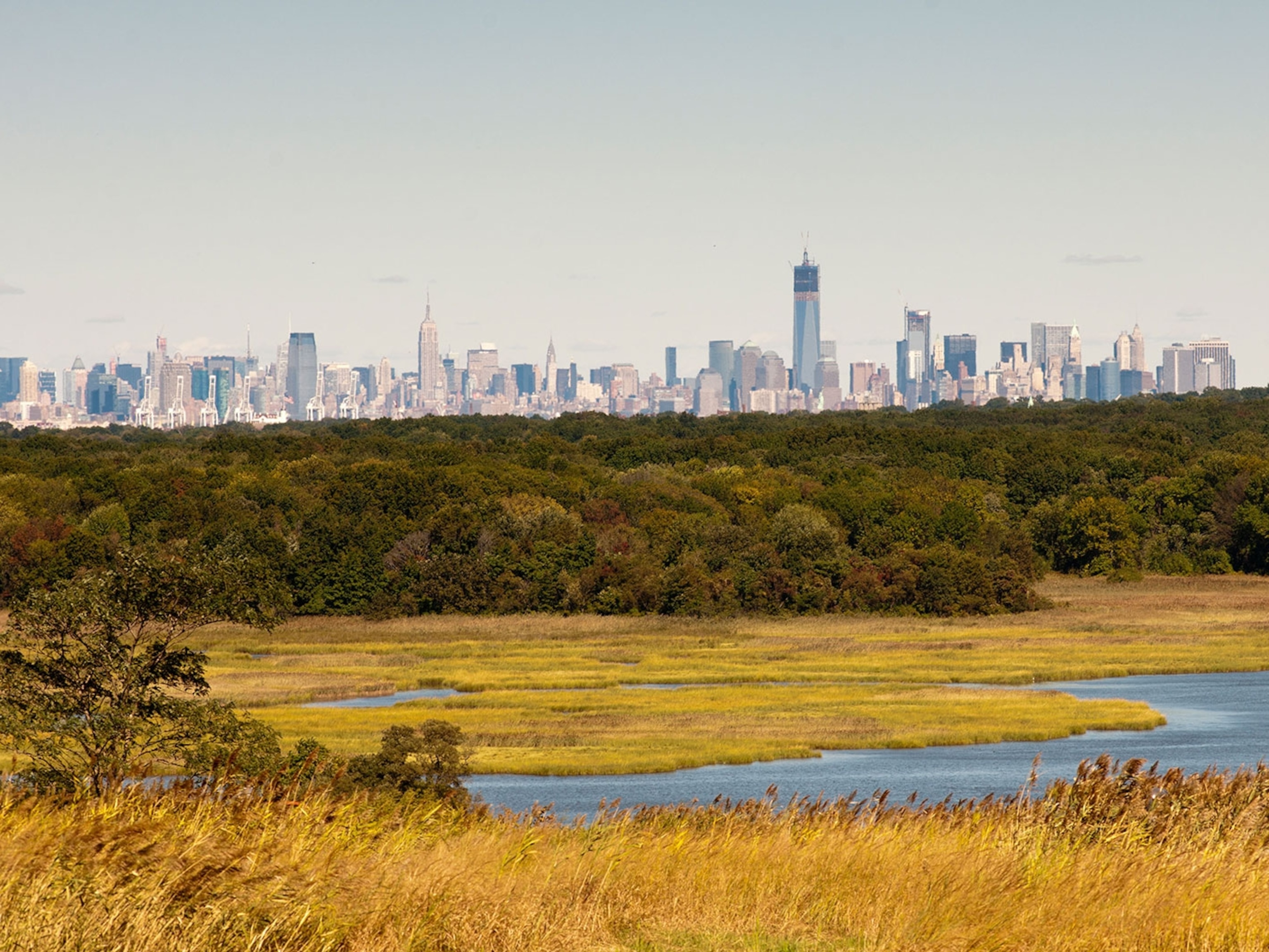Explore 10 amazing river trips in North American parks
By cruise ship or kayak, river journeys offer novel ways to navigate these natural spaces.
Rivers knit ecosystems together, providing some of the best widlife watching around—and some adrenaline-fueled recreation, too. Here are 10 of the best river trips in parks across the United States and Canada. (See gorgeous photos of wild and scenic rivers.)
Saguenay–St. Lawrence Rivers, Quebec
The confluence of these two great Quebec rivers creates ideal environmental conditions for a wide variety of aquatic life, including a great gathering of whales, seals, and other marine mammals. The best ways to see the critters are by guided boat trips on the St. Lawrence and camping kayak trips down the fjord-like Saguenay.
Thousand Island Paddling Trail, Ontario
Emulate the French voyageurs of old on this 50-mile (80.47 km) kayak/canoe trail down the St. Lawrence River between Kingston and Brockville, Ontario. Energetic oarsmen can make the voyage in a single day, but it’s better to go slow and enjoy the sunken ships, historic castles, and wildlife watching. Camp at one of nine secluded overnight stops in Thousand Islands National Park.
Maid of the Mist, New York
Sure, it’s an overhyped, touristy thing. But the guided boat ride that glides along the bottom of Niagara Falls is also historic, established in 1848 when the mighty cascade was first coming into its own as a global attraction. There’s no better way to experience North America’s most powerfall falls than to cruise through its mist on tours offered daily from late April to early November.
Chattooga River, Georgia and South Carolina
The raging whitewater boundary between Georgia and South Carolina, the Chattooga was the first designated wild and scenic river east of the Mississippi, as well as the waterway where much of the movie Deliverance was filmed. Rapids range up to Class IV on a rafting run. Southern Living magazine called whitewater rafting “the number one thing every Southerner ought to do.” (These are the U.S.’s most endangered rivers.)
Namekagon–St. Croix Rivers, Wisconsin and Minnesota
Starting in northern Wisconsin, the St. Croix and Namekagon Rivers offer a slow-motion float trip down to its confluence with the mighty Mississippi on the outskirts of the Minneapolis–St. Paul metropolitan area. Stretching around 200 miles (321.87 km), the national scenic riverway offers numerous places to camp overnight.
Big Bend, Texas
Everything is huge in Texas, including the Rio Grande, which marks the southern boundary of the Big Bend parks and the U.S.-Mexico border. It takes three weeks to raft the entire 231 miles (371.76 km) of the Big Bend River through Santa Elena Canyon and the Great Unknown, giving visitors plenty of time to enjoy the remote area’s iconic Chihuahuan Desert plant and animal life—and encounter plenty of Class III and IV rapids along the way.
Grand Canyon, Arizona
In 1869, John Wesley Powell was the first explorer to make a whitewater trip on the Colorado River through the bottom of the Grand Canyon. Plenty of tourists see this iconic area from the rim’s stunning overlooks, but it’s another thing entirely to paddle past eons of history in the living rock beyond your raft. Float trips range from three days for a quick dip to 18 days to make the complete 188-mile (302.56 km) journey between Lee’s Ferry and Whitmore Wash. But plan ahead: These trips are often booked a year or two in advance.
The Narrows, Utah
Proving that you don’t need boats to navigate a river, this epic day hike in Zion National Park entails walking in the Virgin River as it threads a slot canyon called the Narrows. The trek can be undertaken as a 7.2-mile (11.59 km) return from Zion Canyon or a 16-mile (25.75 km) one-way walk from Chamberlain’s Ranch. It’s best to hike the Narrows in late spring and summer when water levels are low and temperatures high. Do not hike if there’s rain in the forecast—flash floods can occur.
Columbia River, Oregon
Meandering along most of the border between Washington and Oregon, the Columbia River winds through stunning views of the Cascade Mountains. A 120-passenger paddle wheeler, Queen of the West, plies its waters between April and November on a week-long voyage that includes the spectacular Columbia River Gorge—the U.S.’s largest National Scenic Area— and a side trip to Mount St. Helens National Volcanic Monument.
Tatshenshini-Alsek Rivers, Alaska
For a true wilderness experience, embark on a float trip down the remote Tatshenshini and Alsek Rivers between the Yukon and the Gulf of Alaska. After Class III rapids, the current slows enough for travelers to take in grizzly bears, icebergs calved from massive glaciers, and an ever-present feeling that you have reached the end of the earth. The full journey takes at least a week and a half.
- National Geographic Expeditions

